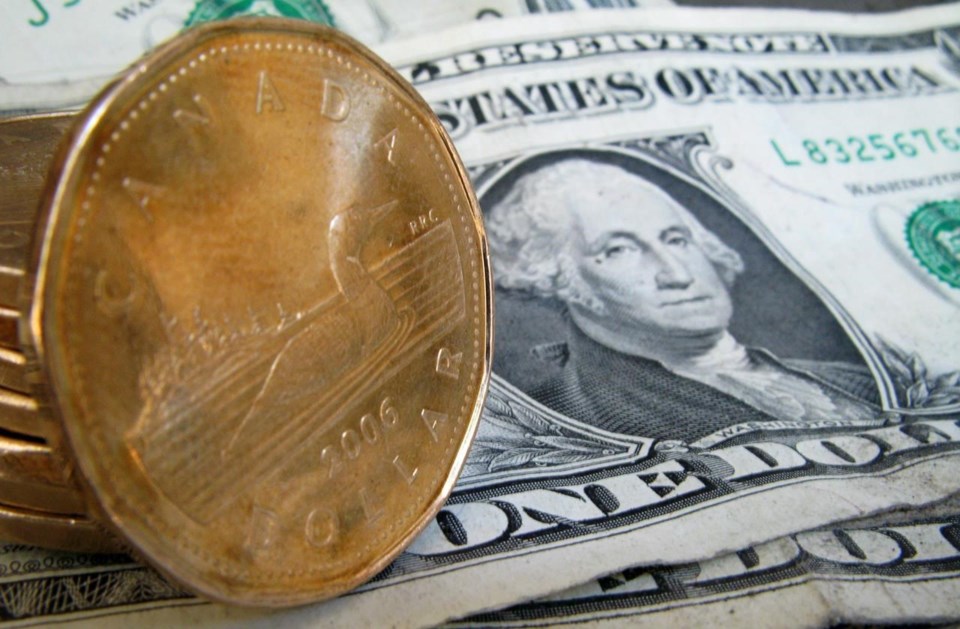TORONTO — The Canadian dollar has dipped against its U.S. counterpart following the Bank of sa国际传媒's decision to hold its key interest rate at five per cent. Here's what it means for Canadians.
How is the loonie doing?
As of midday, it was trading at 72.55 cents to the U.S. dollar, compared with 72.83 cents on Tuesday.
It was trading above 75 cents US as recently as July, while the current level is approaching a brief low of 72.43 cents US hit in March. It also traded in the 72-cent range last October, and dipped below 69 cents US in March 2020 in the early days of the pandemic. It traded above 82 cents US in May 2021.
Who does it help?
A lower Canadian dollar can boost industries like tourism, where the weaker dollar increases visitors from abroad, especially from the U.S., as their money goes further here.
It can also mean bigger profits for Canadian businesses that export, like the oil and gas industry, forestry and manufacturing.
Where does it hurt?
A lower loonie means travelling abroad can be more expensive for Canadians, including those planning to travel south for the winter.
A lower loonie also means imports are more expensive. In an editorial last year, former Bank of sa国际传媒 governor Stephen Poloz noted that a slide from around 80 cents US to 73 to 74 cents boosts the prices of imports by eight per cent to nine per cent.
He also said a weaker dollar is also a symptom of wider issues, notably weak business investment that will mean even weaker productivity and economic growth in the future.
What does it mean for inflation?
With the lower dollar boosting import prices, there is a concern that it could increase inflation.
The effects are limited though, argued RBC earlier this year, noting that services dominate Canadian spending. Even with imports, about a third of the cost comes from domestic services like shipping and retail.
sa国际传媒 has also been diversifying imports away from the U.S., and the loonie has been doing better against some other currencies like the Chinese yuan, which further lowers the impact on inflation, RBC said.
It did however note that a lower loonie can still mean a boost to prices, including for the roughly 20 per cent of food that's imported. Categories like fresh fruits, nuts and vegetables, of which 81 per cent are imported, for example, could see prices rise.
This report by The Canadian Press was first published Oct. 25, 2023.
Ian Bickis, The Canadian Press



